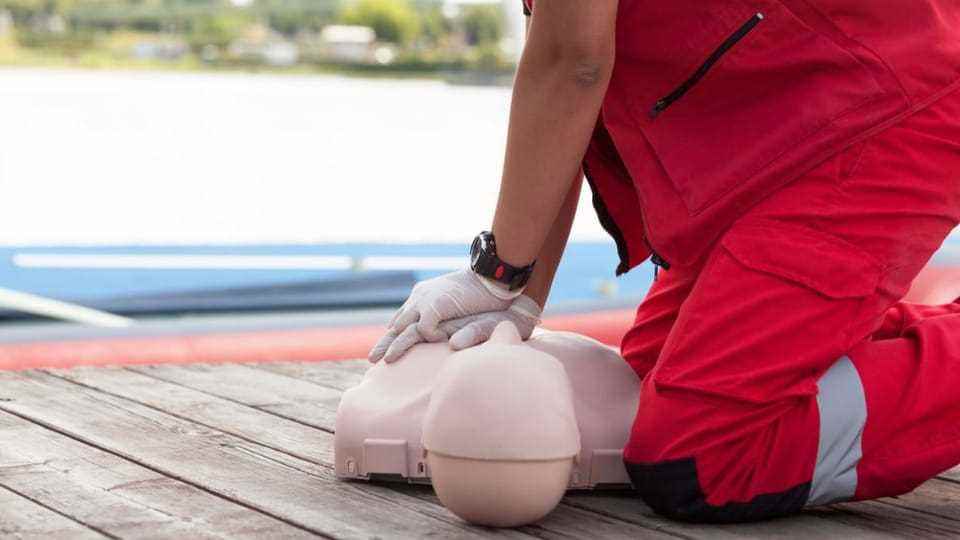At the weekend, people in Switzerland stormed and besieged the outdoor pools, and the lake and river banks were also full. Unfortunately, it didn’t always stay as a nice swim. At least seven people have drowned in Swiss rivers and lakes in recent days. That’s what the police department reports. Why do these drowning accidents happen? And what does accident prevention look like? Reto Abächerli answers that. He is the managing director of the Swiss Life Saving Society SLRG.
SRF News: Why have so many people drowned in the last few days?
Reto Abächerli: It’s a mix between the weather; a lot more people are around the body of water. It is then a question of the probability that unfortunately accidents will also happen. And then there are these high temperature differences between the outside temperature and the water temperature.
What role does Corona play in swimming accidents? During the pandemic, many swimming pools were not open. Do people have some catching up to do?
I don’t think it matters that a lot of people weren’t allowed to take swimming lessons last year because of Corona; and now they go back into the water and have forgotten skills. It’s like riding a bike. There is a lot of knowledge about the dangers. Self-assessment hasn’t changed much in these one or two years either.
Swimming lessons have been cancelled. Swimming lessons have been canceled in schools. Are schools doing enough for children to actually be able to swim?
We have contacts with the cantons, individual teachers and individual school administrations. They show me that the awareness for the topic and the will is there. I think, to the best of my knowledge and belief, a lot is being done. That doesn’t mean there isn’t potential.
Not all communities are enforcing swimming and water safety requirements.
We also know that by no means all communities have implemented all the requirements of Curriculum 21 in relation to swimming and water safety. But it doesn’t help that much to appear demanding. We have to do this in dialogue. It is a partnership task. We want to contribute and support.
There is a lack of infrastructure at various schools. At the political level in Switzerland, swimming and saving life in the water are practically not an issue. Is this not important enough for politicians?
I don’t think that we don’t have enough swimming or water surface per se, including covered water surface in the pool. It is important to maintain the existing water surface and that it stays. It also seems important to us that other places of learning are developed. For example, a safe environment by the lake. The teachers should go there with the students. That would be very valuable for drowning prevention. Because most of the fatal drowning accidents – well over 90 percent – happen in rivers and lakes – and not in pools.

Legend:
Compared to other countries, Swiss politics has already done a lot, says Abächerli. “This anchoring of the topic of water safety, drowning prevention and self-rescue skills in the curriculum is almost unique in the world. And we also have a very low drowning rate in Switzerland.”
imago images
Their figures assume that 50 people drown every year. Should we resort to more creative solutions? For example, more lifeguards or civil defense personnel at sensitive points such as on banks?
I have doubts about the implementation and the effectiveness of it. People in Switzerland exercise a lot on lakes and bodies of water. It is almost impossible to work with supervision everywhere. Apart from that, you always have to realize first that someone is in need. This is a very demanding task.
Yves Kilchör conducted the interview.
